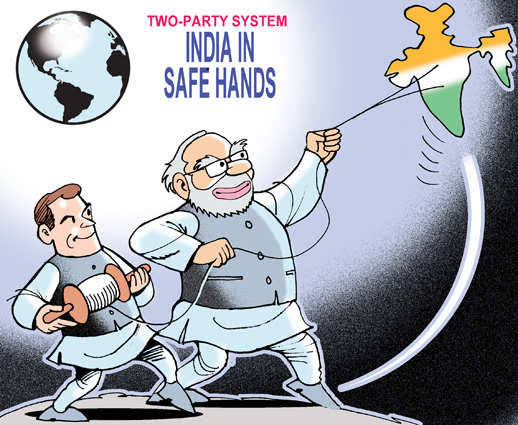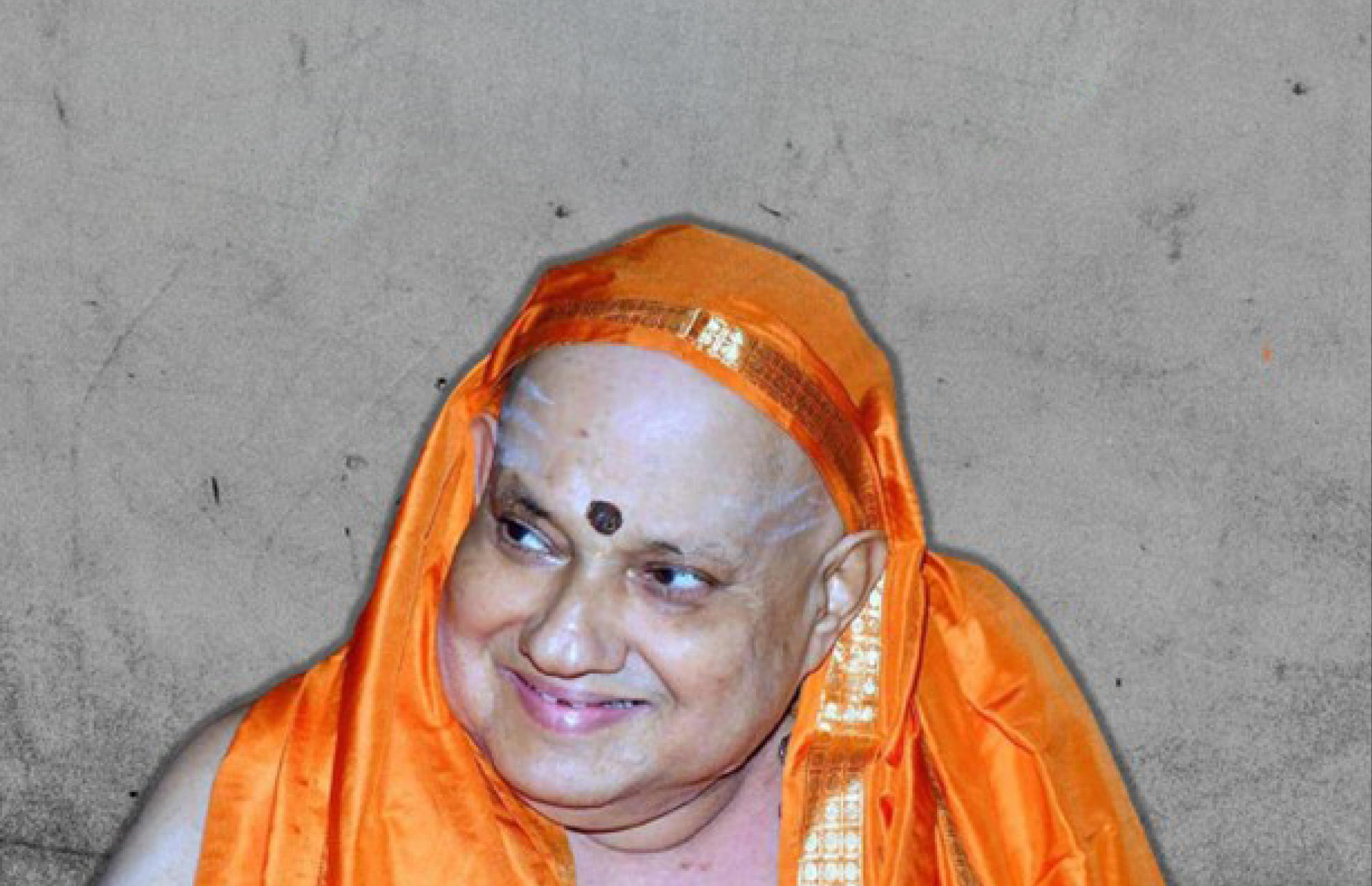
India and the USA are home to the two largest representative democracies in the world. While India’s democracy is partially a result of British rule, which was followed by the implementation of a new, modern constitution that was drafted after Independence, the US Constitution, which was drafted in 1789, gave democracy in the USA its full impetus.
The following underlying precepts serve as the foundation for the two political systems:
Written constitutions: Written constitutions were used to construct the federal political frameworks in both India and the United States. Both constitutions have provisions that permit changes to be made in order to accommodate the respective countries’ shifting sociopolitical and economic needs and expectations. Choice and Competition: A multi-party system gives voters additional options and encourages party rivalry to better represent the interests of voters. This could lead to a political system that is more responsive and responsible.
Power could potentially be consolidated among only the two major parties under a two-party system. On the other hand, a multi-party system can serve as a check on authority because multiple parties can serve as watchdogs and hold the ruling party accountable.
Elections: The electoral process has a significant impact on the structure of the party system. In the United States, the two-party system is supported by the first-past-the-post election system. In India, the employment of a proportional representation system at the state level and a first-past-the-post system at the national level.

Choosing between a multi-party system and a two-party system has advantages and disadvantages.
The advantages of a two-party system:
- The political environment is less difficult for voters in a two-party system since they have two distinct options.
- Elections where one party is more likely to gain a majority could lead to more stable governments.
- Accountability: Given the limited number of choices, it might be easier to hold political parties accountable for their actions.
A two-party system’s disadvantage is that:
- Limited Representation: It might not fairly reflect the diversity of political perspectives in a large and diverse country like India.
- Fewer parties can lead to less innovation in governance and policy, which can reduce creativity.
- Polarization: In two-party systems, there may be minimal room for negotiation due to high polarization.
A multi-party system has several advantages, including:
- More Diverse Representation Is Possible Due to the Wider Range of Political and Social Interests That Can Be Represented.
- A multi-party system can encourage creativity and diversity in policy.
- Coalition governments are frequently the outcome of this, which can encourage collaboration and compromise.
- A multi-party system has several advantages, including further Different Representation Is Possible Due to the Wider Range of Political and Social Interests That Can Be Represented. A multi-party system can encourage creativity and diversity in policy. Coalition governments are constantly the outgrowth of this, which can encourage collaboration and concession.
One of the disadvantages of a multi-party system is that Coalition governments are constantly established, which can lead to political insecurity and make it more delicate to rule. With so numerous different parties and platforms, choosers may find it gruelling to sort through them. Severe fragmentation can also affect in political impasse. still, it’ll depend on the specific pretensions and values of the crowd, if a two- party system is necessary in India or any other country.
Conclusion–
A multi-party or two-party system should be chosen depending on the situation, in conclusion. While a multi-party system could be advantageous to some countries for its diversity and inclusivity, a two-party system may be more comfortable and secure for others. What is ultimately “better” depends on the specific political, cultural, and historical circumstances, as well as the goals and values, of a given society. The specific needs and challenges of a country must be taken into consideration while evaluating the effectiveness of its political system.
Author :- SHASHANK SHEKHAR SINGH a student at NLC, Bharati Vidyapeeth Deemed University
Bibliography-
Blog.forumias.com



